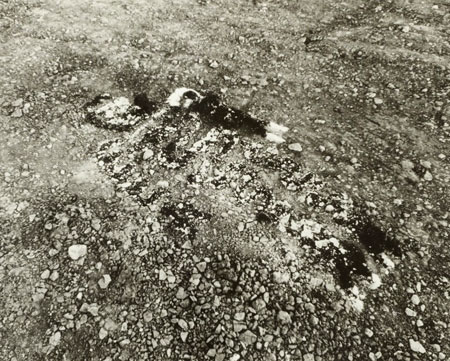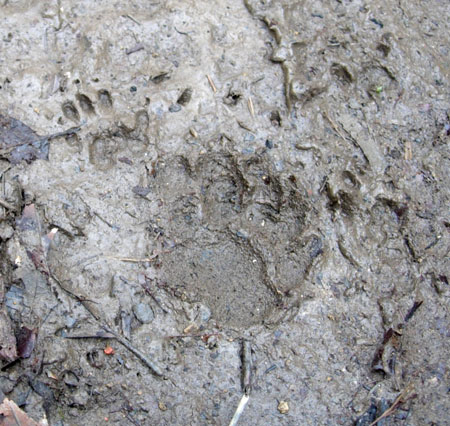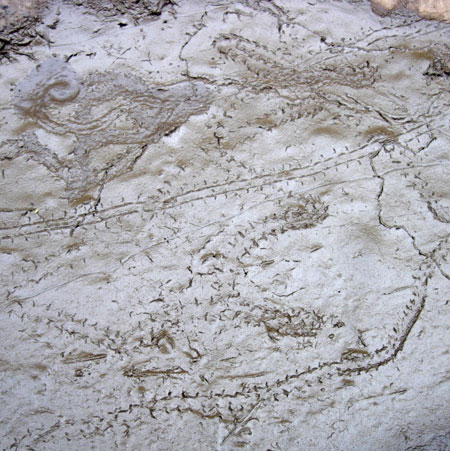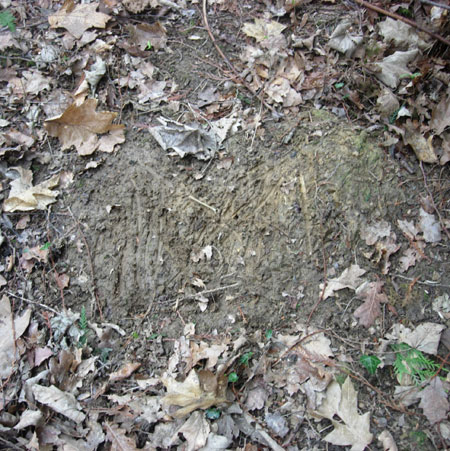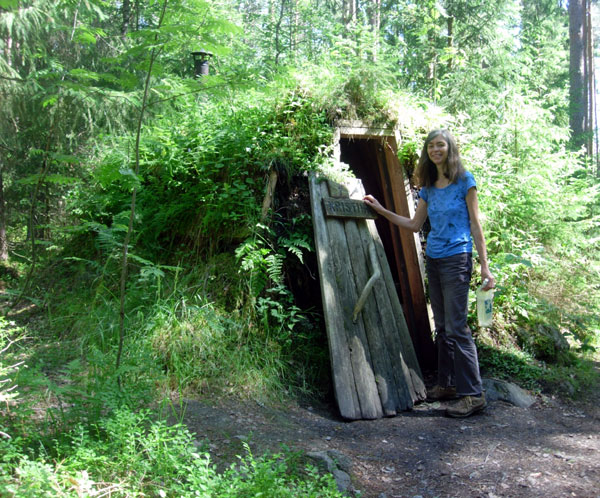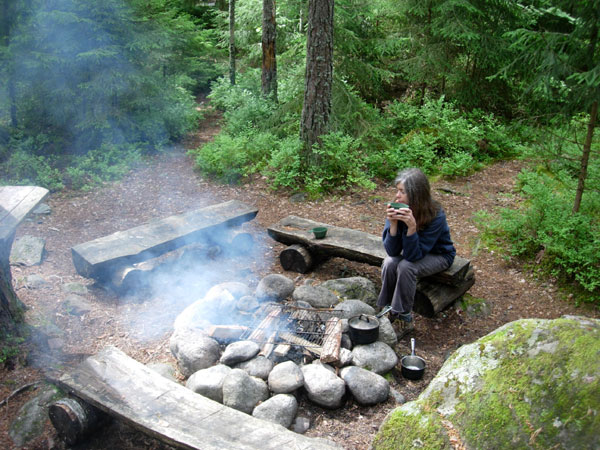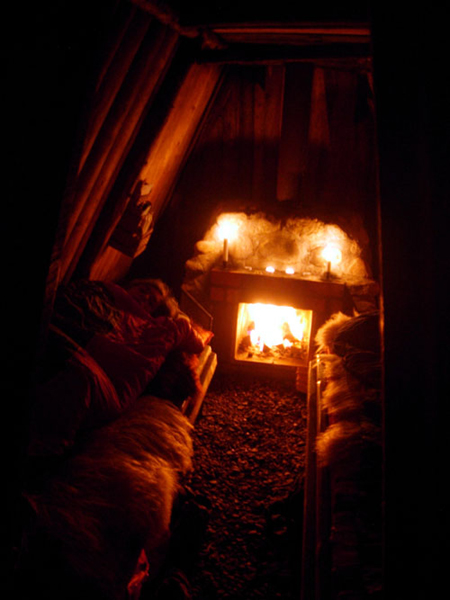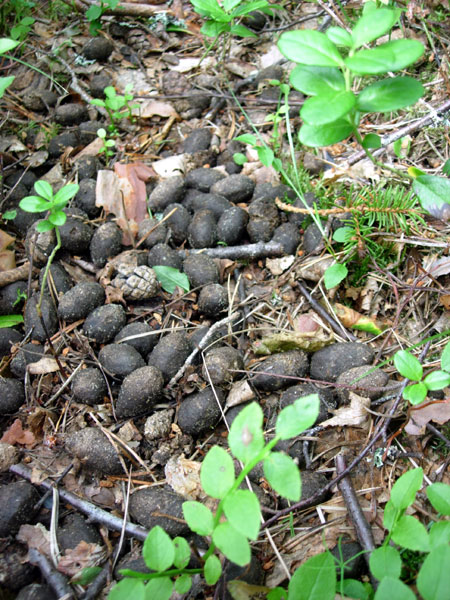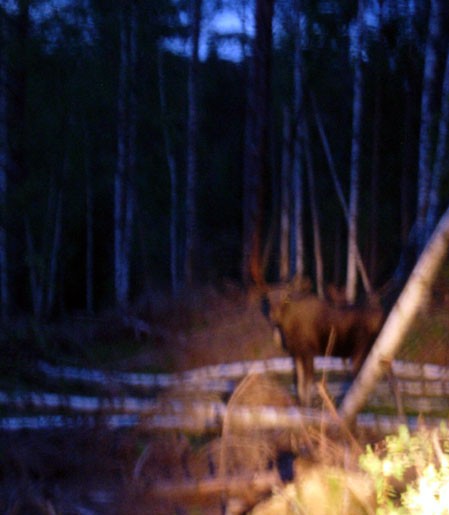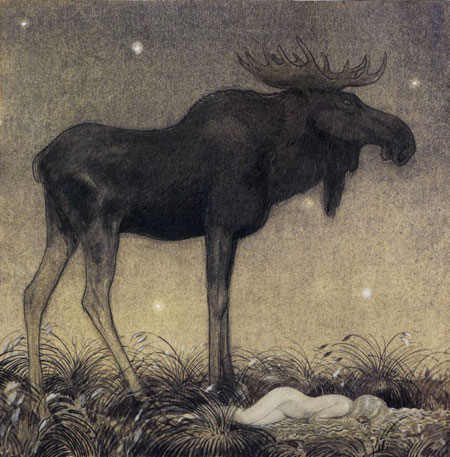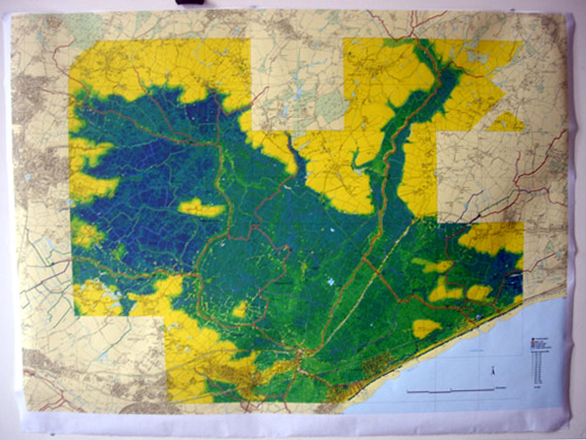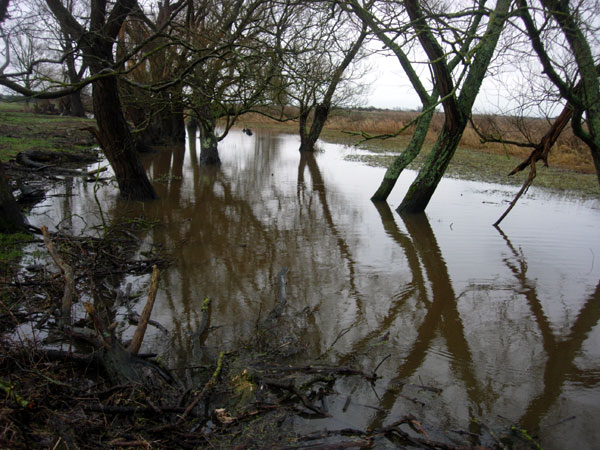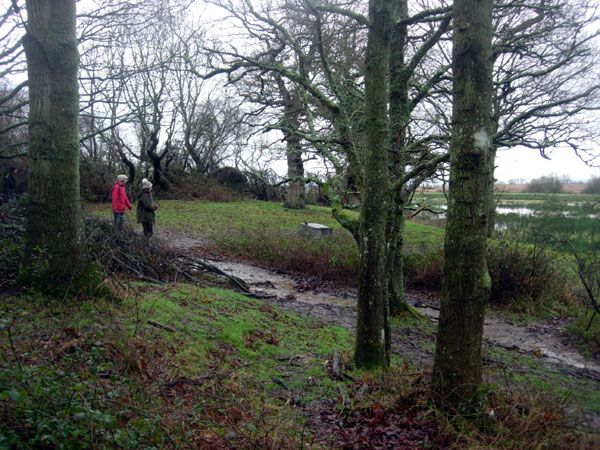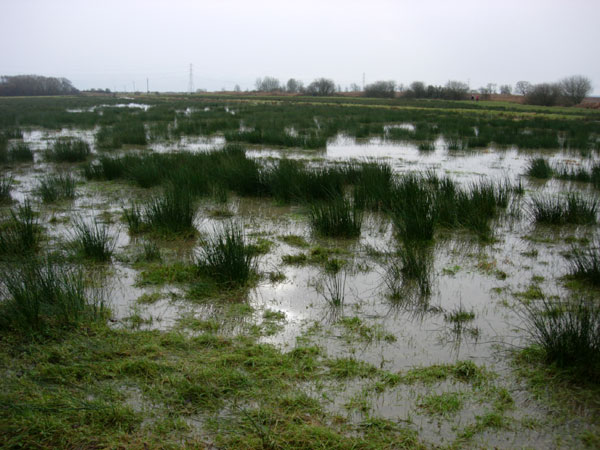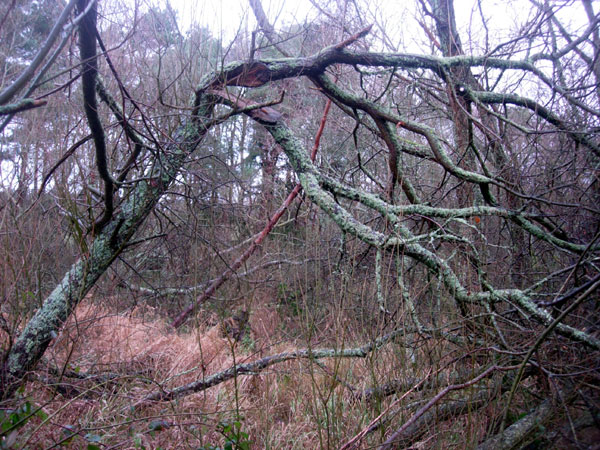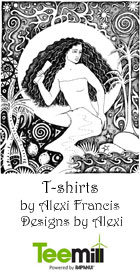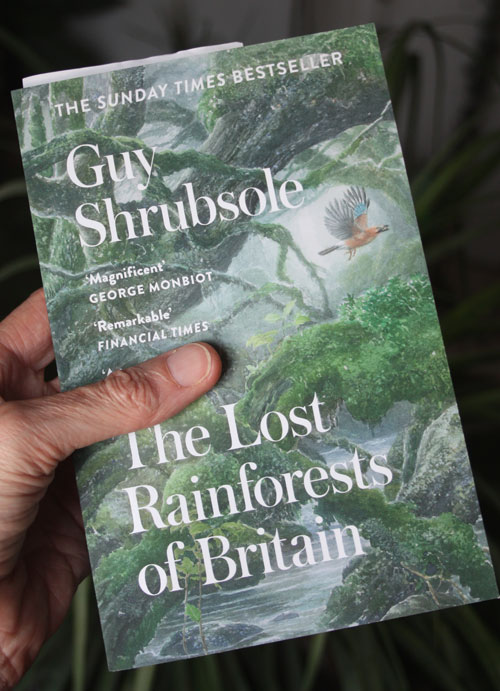I love all things natural, including books made from natural materials. I was very interested to read about the natural book Bridgette Guerzon Mills created on a Maker’s Foraging Retreat that took her out of her comfort zone. (I love all her work by the way!)
I wanted a make a natural book and perhaps one obvious thing would be to make handmade paper and bind it with nettle cord. One day. Instead I decided to collect natural materials – as I do for some of my paintings – and simply decorate one of my journals.
After a day in the woods at the beginning of June, these were my finds:
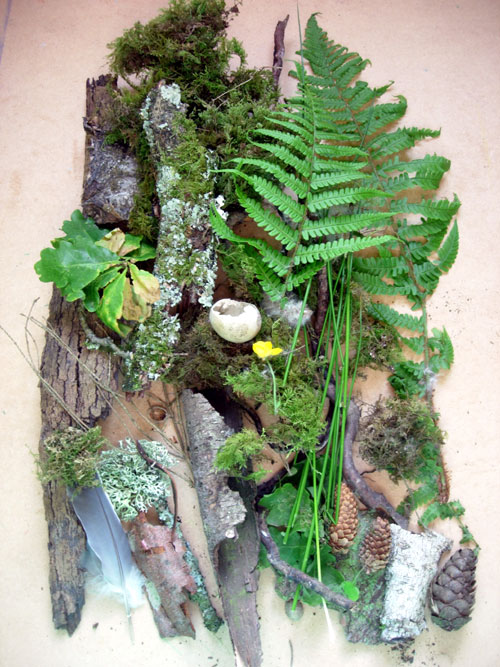
I took one of my small, kraft paper notebooks and covered it first with bark – I think it is hazel bark – then moss and finally lichen. The spine I have decorated with rushes.
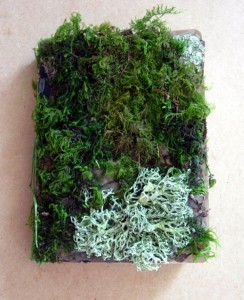
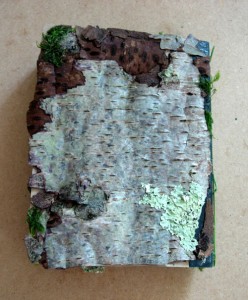
A very earthy journal! The trouble is that bits fall off while I’m writing out my dreams first thing in bed!
Journalling or writing a diary is very important to me; I write most days but much of it is babbling thoughts that need sorting. I have written a journal/diary since the age of 13 when I read Anne Frank’s diary; it moved me a great deal. Now I have piles of old notebooks in storage boxes and I’ve decided to embark on a proper storage project: creating Diary Boxes that will contain all my journal/diaries as well as other memorabilia. In these ones I have feathers, eggshells, rabbit jaw bones, letters and, of course, diaries.
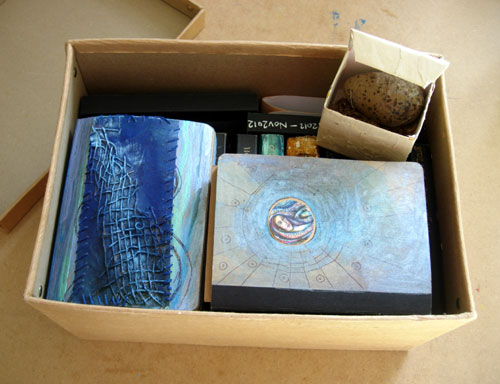
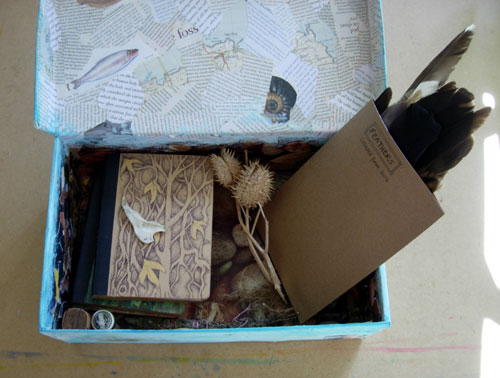
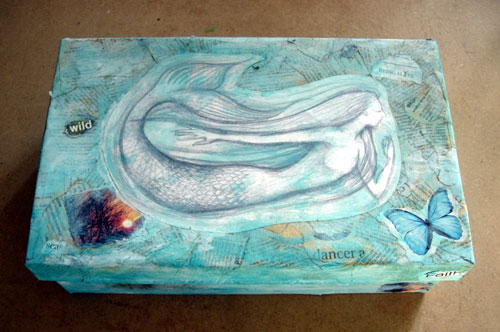
I’ve partly been inspired by The Library of the Forest created by Miguel Angel Blanco that I read about in Robert MacFarlane‘s The Old Ways. The boxes are a beautiful and natural record of walks the artist takes into the Guadarrama Mountains outside Madrid where he lives. It is worth reading the whole of his artist’s statement, but here is a passage from it in English:
It is still possible to plunge into nature’s secret life. In some places, earth emits a dense breath, which, when inhaled by man, immediately passes on to him knowledge and sensations he possessed in former times, when living in its bosom. The telluric sensibility of ancient man can still be retrieved. Our capacity to fathom the ancient to discover the new. Nature presents itself as a transcendent experience, a means of reclaiming man’s hidden greatness, so that he may grow spiritually and penetrate the dark. The forest is one of these privileged places, where it is possible to feel mother earth’s throb. It is where the sky takes roots in earth, a sacred space heavy with mystery.
I have also discovered an artist Jan Kilpatrick, who creates all sorts of boxes. They look great!
I have decided to leave my diaries to The Great Diary Project when I die – not that anyone would find them very interesting, but who knows?
